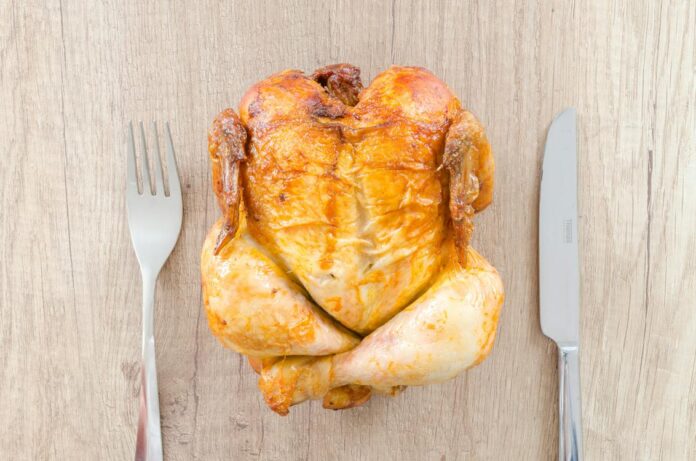
Navigating the realm of culinary equipment can be complex. This article aims to clarify the intricacies of food warmers and rethermalizers, two critical apparatuses in modern kitchens.
By comparing their functions, highlighting key differences, and assessing your specific culinary requirements, we hope to guide you in making an informed decision.
Enhance your culinary prowess by understanding the subtleties between these two essential tools and choosing the most appropriate for your cooking endeavors.
Understanding Food Warmers
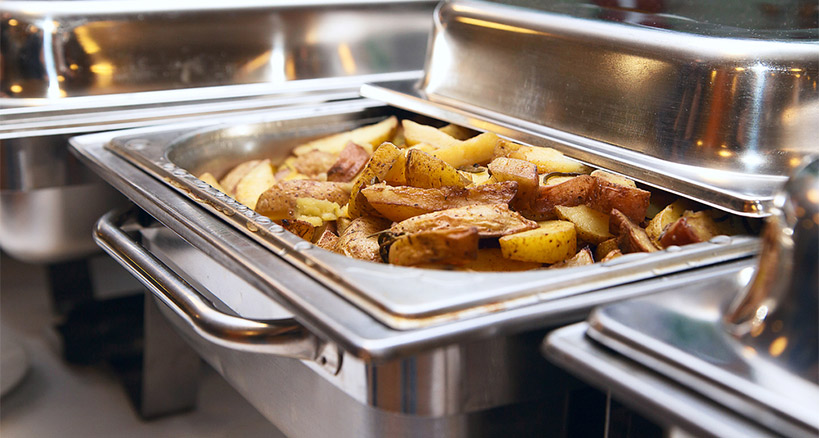
Frequently utilized in professional kitchens, food warmers are essential tools that maintain a consistent, safe temperature for a variety of dishes.
Different food warmer types cater to diverse culinary needs, from buffet warmers for serving large crowds to countertop warmers for small-scale food establishments.
Each type employs specific warming techniques. For instance, steam food warmers use water vapor to heat food without drying it out, while infrared warmers radiate heat to keep food warm.
Insulated food carriers, on the other hand, use insulation to maintain the food’s temperature, making it an excellent choice for transport.
Understanding the nuances between these types and their respective warming techniques can significantly enhance the quality of food preparation and service.
Delving Into Rethermalizers
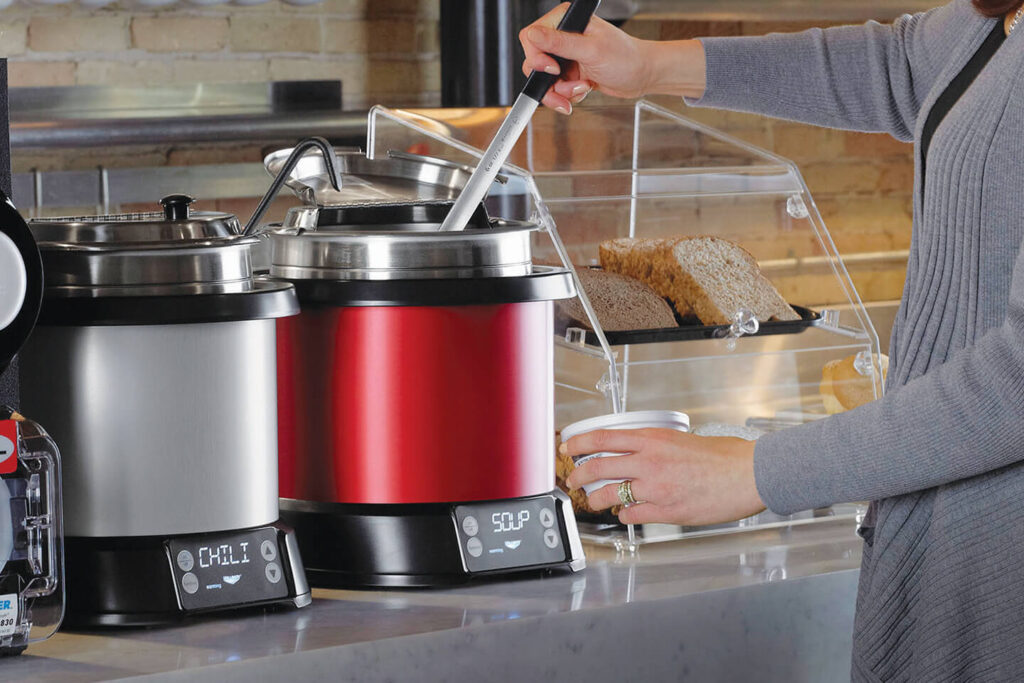
How do rethermalizers, another crucial tool in professional kitchens, function in the culinary world? These specialized devices restore chilled or frozen foods to a precise serving temperature.
Rethermalizer operation techniques require the food to be heated slowly and evenly to prevent overcooking while maintaining the integrity of the food’s texture and flavor. This process leverages gentle convection currents that promote uniform heating.
Notably, the energy efficiency of rethermalizers is a significant advantage. They use less energy compared to traditional ovens or stovetop methods, translating into cost savings for commercial operations.
In an environment where consistency, food safety, and operational efficiency are paramount, the rethermalizer is a vital component of the modern professional kitchen.
Key Differences: Food Warmer Vs. Rethermalizer
Often, the choice between a food warmer or rethermalizer hinges on the specific requirements of a culinary operation, as each device offers distinct strengths and limitations.
A food warmer, primarily used to keep prepared dishes at safe serving temperatures, underscores the temperature control importance. It allows for precise heat settings but doesn’t effectively heat food from a chilled state.
On the other hand, rethermalizers are designed to rapidly heat food from a refrigerated state to the required serving temperature, abiding by safety regulations overview.
They efficiently prevent bacterial growth, particularly vital in large-scale operations. However, they may not provide the same level of temperature control as food warmers.
Hence, the decision depends on the specific needs of temperature control, safety, and operational scale.
Assessing Your Culinary Needs
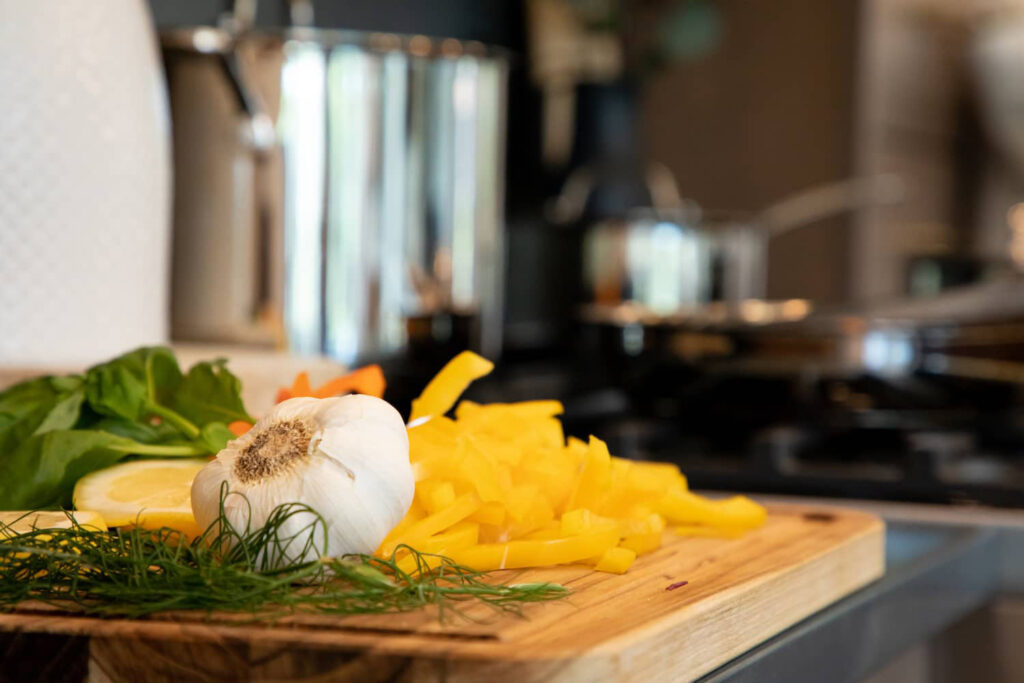
When considering the most suitable appliance for your culinary operation, three critical factors should be evaluated:
- The volume of food to be processed
- The need for precise temperature control
- The importance of speed in your service delivery.
Assessing these factors can greatly influence kitchen efficiency and play a significant role in equipment budgeting.
For high-volume food processing, a rethermalizer might be worth the investment, given its ability to quickly heat large quantities of food.
However, if precision temperature control is paramount, a food warmer could prove more beneficial, even if it operates at a slower pace.
Balancing these considerations with your budgetary constraints will ultimately guide you in selecting the most appropriate and effective kitchen appliance.
Making the Right Choice: Recommendations
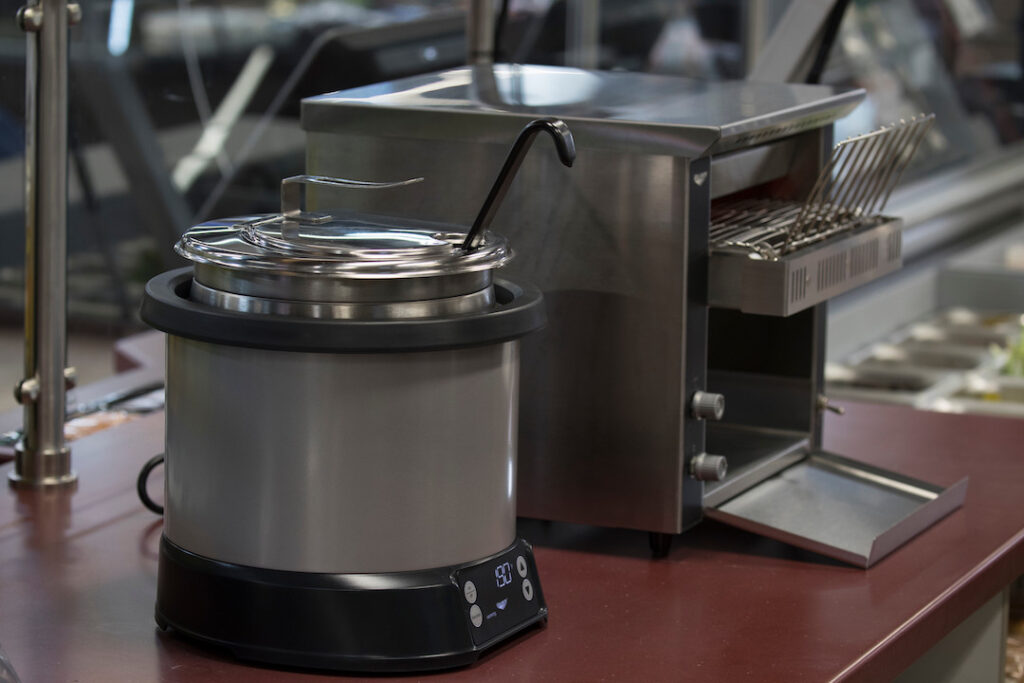
Several factors should be weighed to make an informed decision between a food warmer or a rethermalizer for your culinary operations.
First, consider equipment maintenance. Food warmers, being less complex, generally require less upkeep, while rethermalizers, due to their precise temperature control features, may require more regular checks and potential repairs.
A cost analysis is also crucial. Initial purchase price, running costs, and maintenance expenses should be factored into the decision. While rethermalizers typically have higher upfront costs, they can offer long-term savings through energy efficiency.
Food warmers, on the other hand, are less expensive initially but may have higher operational costs.
A careful evaluation of these elements will guide you towards the best choice for your specific needs.








